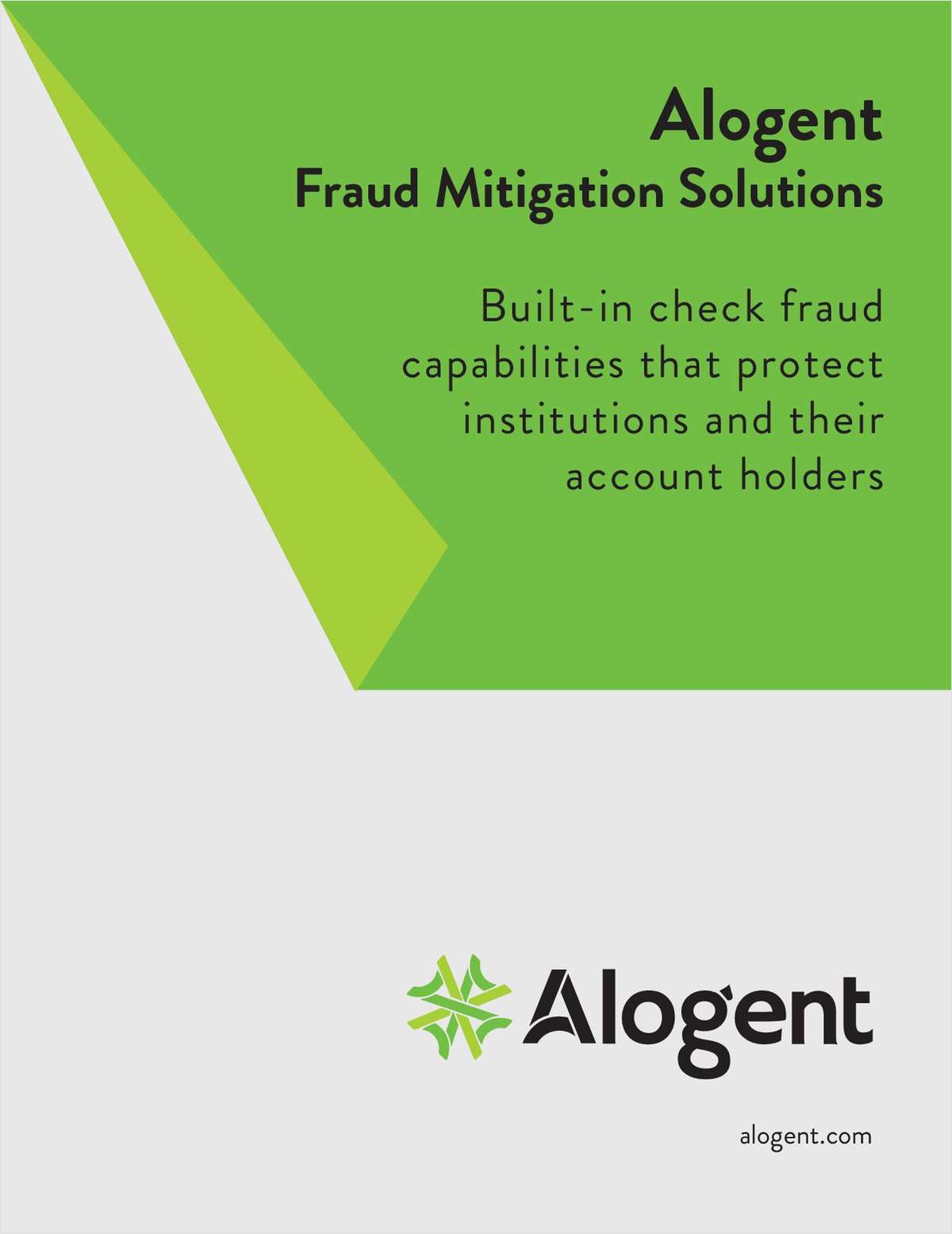In recent months, several more state credit union leagues (Montana and Iowa) have announced plans to substantially reduce the size of their boards. The usual reason given for the action is that it reflects the rapidly shrinking number of credit unions in the state. As leagues (or whatever they chose to call themselves) reduce the size of their boards, how the smaller number of board members gets elected is also changing. For example, the age-old system of having board members elected via the chapter representation method is gradually being replaced by procedures based on credit union asset size coupled with one or more at-large board positions. Perhaps all these changes in league governance are preliminary to a decision down the road to eventually merge with another league, something that has also gradually surfaced in recent years. The number of leagues that have already consolidated with another league, or planning to do so in the future (North Dakota and South Dakota, Washington and Oregon) is growing slow but sure. Which leads to this question: Are all these changes involving state league board size, election procedures, and consolidation a good thing? It certainly seems so. First, look at board reductions. There is a lot positive that can be said about league leadership that can put egos and self-interests aside by acknowledging that balanced member representation can still be maintained even with far fewer board members. Second, look at board representation: In some states like Arkansas, there are chapters that because of CU mergers and liquidations have as few as only two or three credit unions in them. Without changes, under the existing, or in some leagues, the old system, these chapters would be entitled to elect a director same as much larger chapters with 10 times as many credit unions. Next, look at league consolidations. There are also a lot of positive things that can be said about leagues teaming up together. In leagues already merged, or in some sort of working relationship, (California and Nevada, Colorado and Wyoming, Massachusetts, New Hampshire, and Rhode Island) a single overall management and staff structure seems to be working well. Take cost savings as just one of many examples. Leagues merging means more bang for the credit union dues buck for the dwindling number of credit unions in each state expected to pay the freight. Some of the more obvious efficiencies come about in the areas of conferences and meetings, publications, marketing and public relations, accounting, research, operations, and the economy of scale that results from the consolidation of various league product and service offerings. It should be noted here that reductions in staff when two leagues come together should also be on the list, but there doesn't seem to be much evidence that the total number of staff in two leagues is any less in a combined operation. So far so good. But one of the most important functions any state-level trade group performs is advocacy and political and legislative representation at the state capitol. Any league that has state-chartered credit unions as members cannot and should not be merged completely out of existence. Those credit unions will always need an in-state presence when it comes to lobbying. No politician is going to pay heed to a carpetbagger from another state. (Does mega banks with out-of-state headquarters resonate here?) Recognizing this, merged credit union state organizations have set up satellite offices to provide the presence and needed representation in the state that once had a separate state league. And a token board is also kept in place although the real decisions these boards are called on to make are few in number and importance. All the real work and decision making takes place at the parent league level. It is interesting to note that in the banking industry, mergers of state trade associations are also taking place, but with a big difference. Mergers are not with another state group, but with a similar type organization within the state. For example, in some states, groups representing community banks have merged into the state banking associations and then completely disappeared. In those states at least the principals have concluded that a bank is a bank and no matter which kind all have similar state-level problems and needs. There seems to be little precedent comparing what credit union leagues are doing to what is taking place in other industries including banking. Every state seems to have an association for everything. As their industries undergo drastic changes and memberships drop, and the economic climate swings back and forth and they face major budget squeezes, some of these groups have merged with similar type associations. Or simply gone out of business. None that I am aware of has crossed state lines to seek a merger partner. Once again, credit unions are unique. How far and widespread the mergers of credit union leagues will go is anyone's guess. The states that have thus far taken the leap all seem logical for many reasons including from a geographical viewpoint. On the other hand, others that also seem logical, like North and South Carolina, aren't even discussing any marriage proposals even though their corporates combined into a single entity, First Carolina Corporate, several years ago. To carry this league merger activity to extremes, will we someday be looking at a handful of regional (like NCUA?) leagues that perform all basic state trade association functions for a number of contiguous states and have “branches” in each state to handle government relations? Has this scenario already started to play out on the West Coast? Will there some day be a joining together of leagues that once represented separately the states of California, Nevada, Washington, and Oregon? And will we call this one super regional league the Credit Union Association of the West? Could happen. Comments? Call 1-800-345-9936, Ext. 15, or Fax 561-683-8514, or E-mail [email protected].
Complete your profile to continue reading and get FREE access to CUTimes.com, part of your ALM digital membership.
Your access to unlimited CUTimes.com content isn’t changing.
Once you are an ALM digital member, you’ll receive:
- Breaking credit union news and analysis, on-site and via our newsletters and custom alerts
- Weekly Shared Accounts podcast featuring exclusive interviews with industry leaders
- Educational webcasts, white papers, and ebooks from industry thought leaders
- Critical coverage of the commercial real estate and financial advisory markets on our other ALM sites, GlobeSt.com and ThinkAdvisor.com
Already have an account? Sign In Now
© 2024 ALM Global, LLC, All Rights Reserved. Request academic re-use from www.copyright.com. All other uses, submit a request to [email protected]. For more information visit Asset & Logo Licensing.









